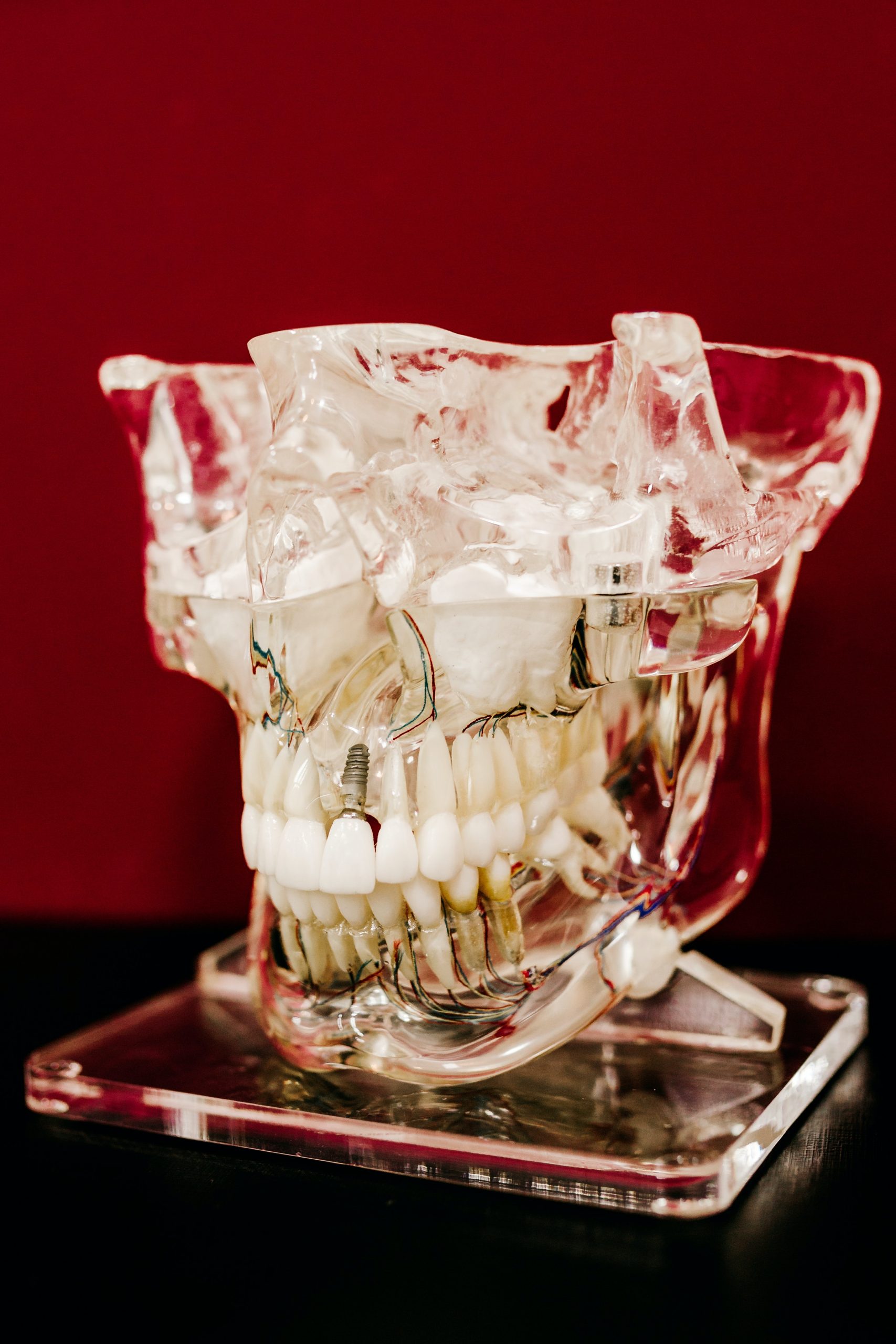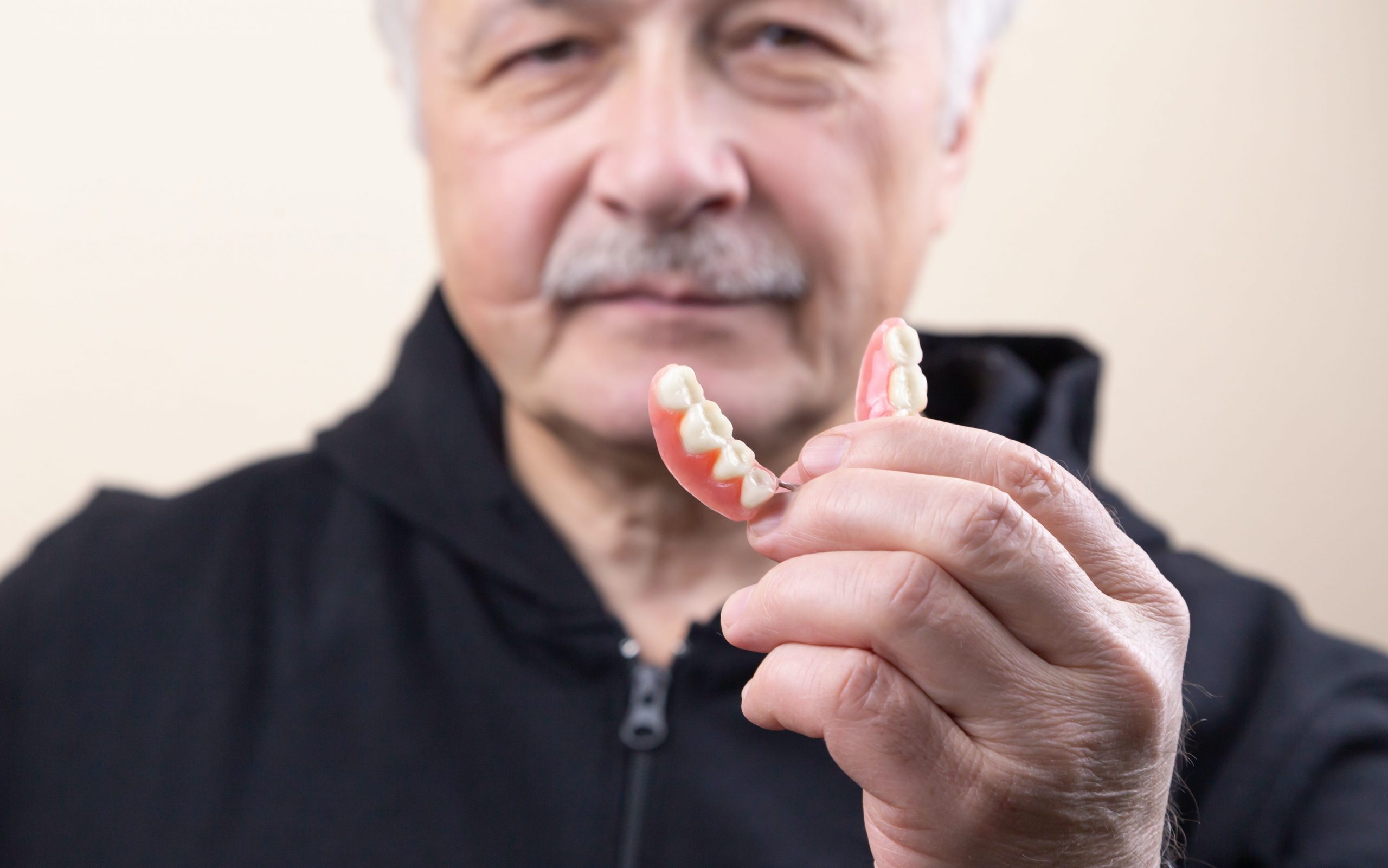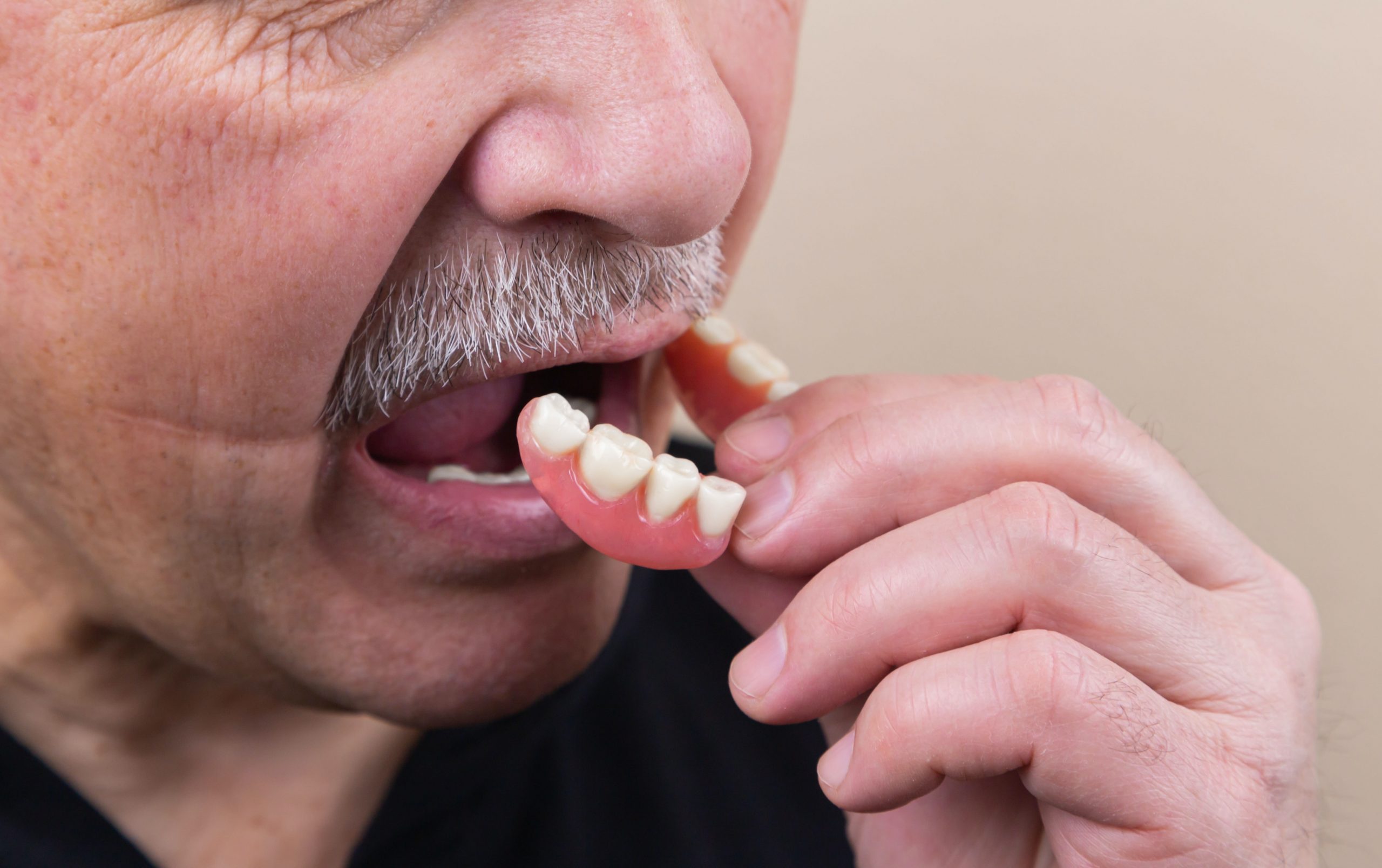
3D Printing in Dentistry: Challenges and Solutions
3D printing, also known as additive manufacturing, has revolutionized the dental industry in recent years. The technology allows for the production of custom dental implants, dentures, and orthodontic appliances with exceptional accuracy and precision. However, like any new technology, there are challenges that need to be overcome. In this essay, we will explore the challenges and solutions associated with 3D printing in dentistry.
Accuracy and Precision
One of the main challenges of 3D printing in dentistry is achieving the necessary accuracy and precision. In dentistry, the fit of a dental implant, denture, or orthodontic appliance is critical for its success. Therefore, the 3D printer must produce the exact dimensions required for each unique patient. Solutions to this challenge include using high-quality materials, incorporating advanced software for design and printing, and regularly calibrating the 3D printer.
Materials
Another challenge of 3D printing in dentistry is the availability of suitable materials. The materials used for 3D printing in dentistry must be biocompatible, durable, and able to withstand the rigors of daily use. Additionally, materials must be able to mimic the appearance and texture of natural teeth. Currently, the most common materials used in 3D printing in dentistry are acrylic resins and various metals. However, researchers are actively exploring new materials that meet these requirements.
Regulations
Another challenge facing 3D printing is the regulation of the technology. Currently, there are few regulations specific to 3D printing, making it difficult for dental professionals to know the limits and requirements of the technology. Solutions to this challenge include increased education and collaboration between dental professionals and regulatory agencies to develop guidelines and standards for the use of 3D printing.
Cost
Finally, the cost of 3D printing is a significant challenge. The initial investment required to purchase a 3D printer, along with the ongoing costs of maintenance and materials, can be prohibitively expensive for many dental practices. However, as the technology continues to evolve and become more widely adopted, the costs associated with 3D printing are likely to decrease.
Conclusion
In conclusion, 3D printing has the potential to revolutionize the dental industry. However, there are challenges that must be addressed to ensure its success. These challenges include achieving the necessary accuracy and precision, finding suitable materials, developing regulations specific to 3D printing in dentistry, and addressing the cost of the technology. Through continued research and collaboration, these challenges can be overcome, and 3D printing can become a valuable tool in the dental industry.





